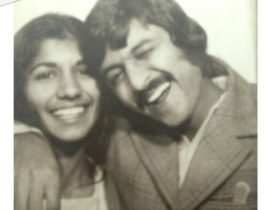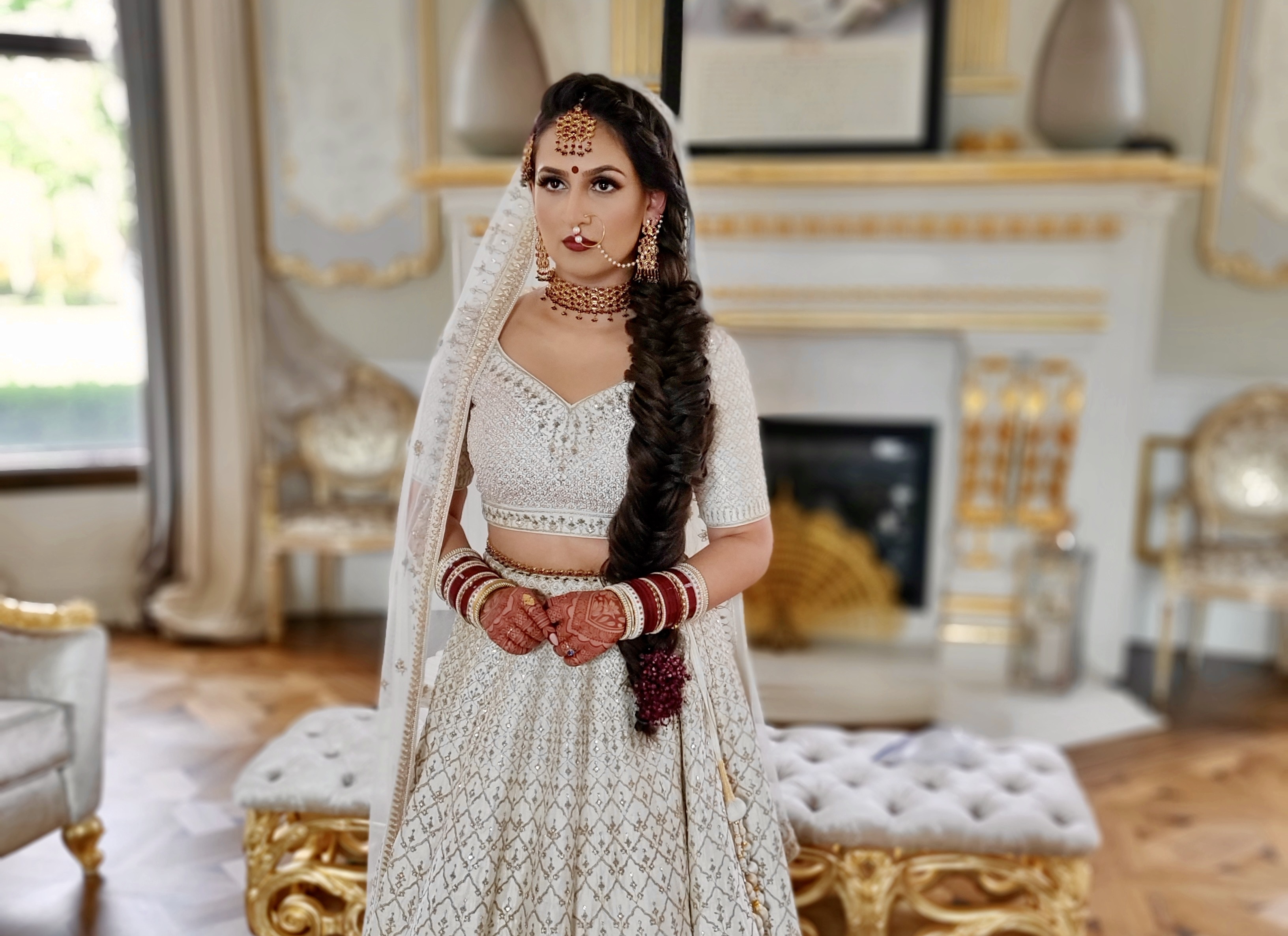Bridal jewellery on Indian and Pakistani women is a spellbinding sight. And these glittering heirlooms are likely to be passed down through the generations. Zardozi chats with Hi-Class Jewellers' Gulzar Nanda to learn more about his family’s ties to jewellery making and learn which key pieces every bride should wear.
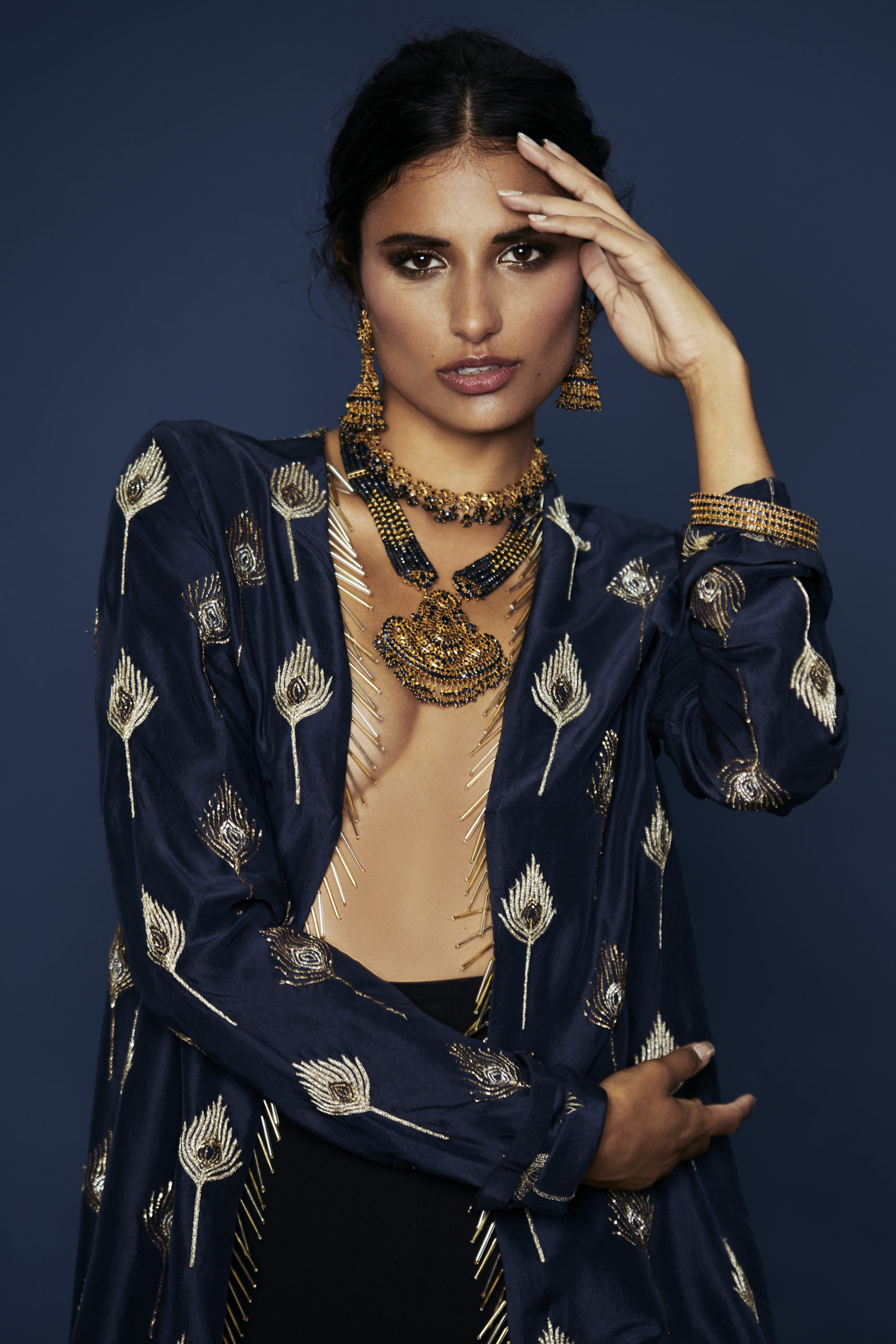
How did your family get into the bridal jewellery business?
Bridal jewellery making has been part of our family for five generations. In the early 1900s my Paradada (Great-Grandfather), Lala Tekchand Nanda was a gold merchant in Sialkot under the British Raj. Escaping in 1947 during the partition of India, he settled in Jalandhar, Punjab. Hindu and Muslim families exchanged homes as a way to secure housing on the other side of that ill-fated line of demarcation. My Paradada found a modest home in Atari Bazaar, walking distance from Sheikhan Bazaar.
Even today there are so many jewellers dotting the cramped, humid confines of the Sheikhan Bazaar. In these gullys (alleys) my Dada (Grandfather), Madan Lal Nanda, started his apprenticeship as a bench jeweller at the age of 17.
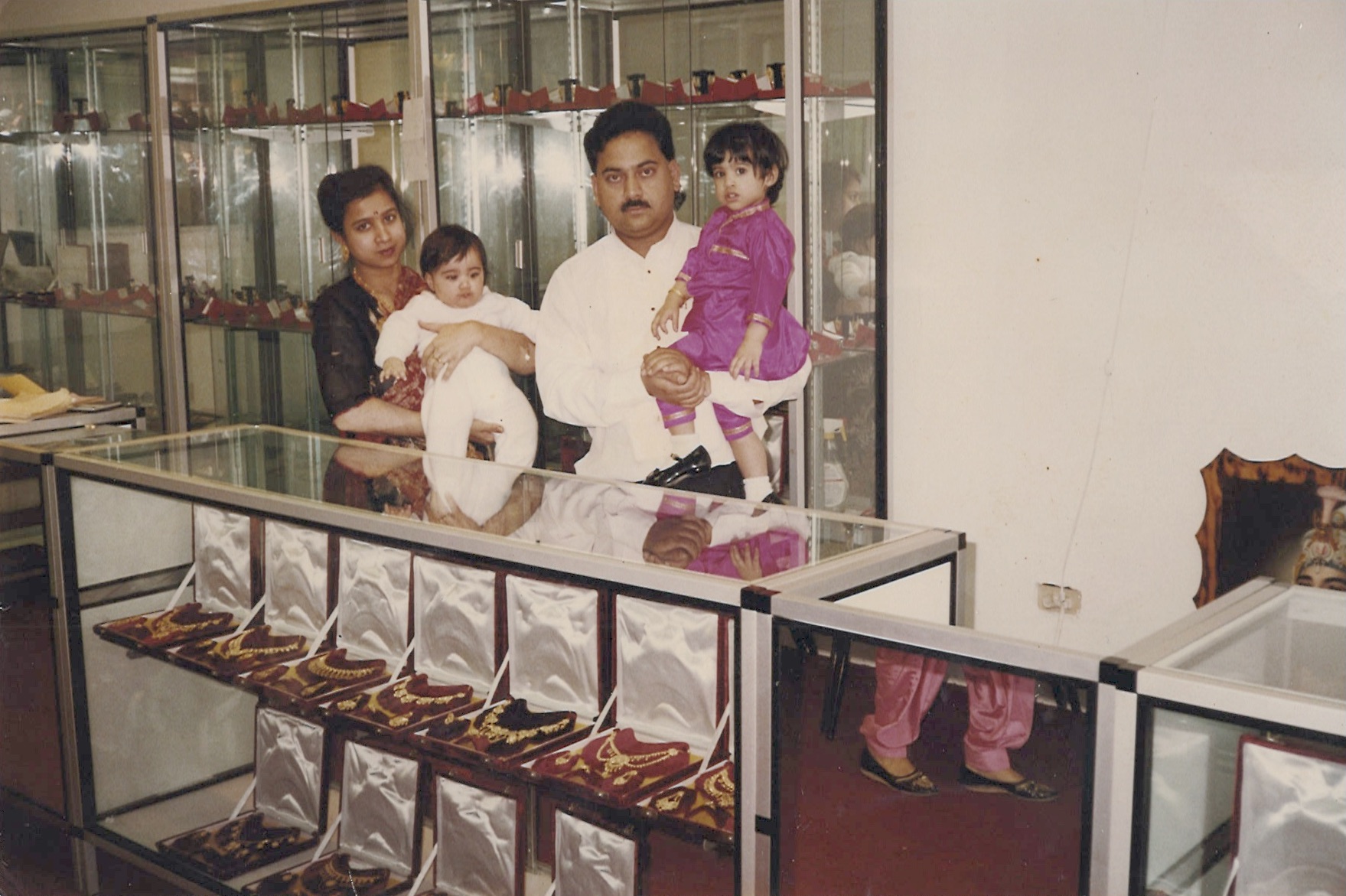
Tell us about Punjabi bridal jewellery
My Grandfather specialized in a type of jewellery called Punjabi jadau. But this differs from the South Indian version colloquially called kundan. The jeweller hammers gold down into a fine, metal plate. Then its given a rough form with a dye. This impression is fastened to a hard wax called lakh. The piece is studded with a variety of gems using a discerning eye and a steady hand. My Grandfather practiced this art form for 16 years. My Father Mrignesh Nanda followed in his Father’s footsteps.
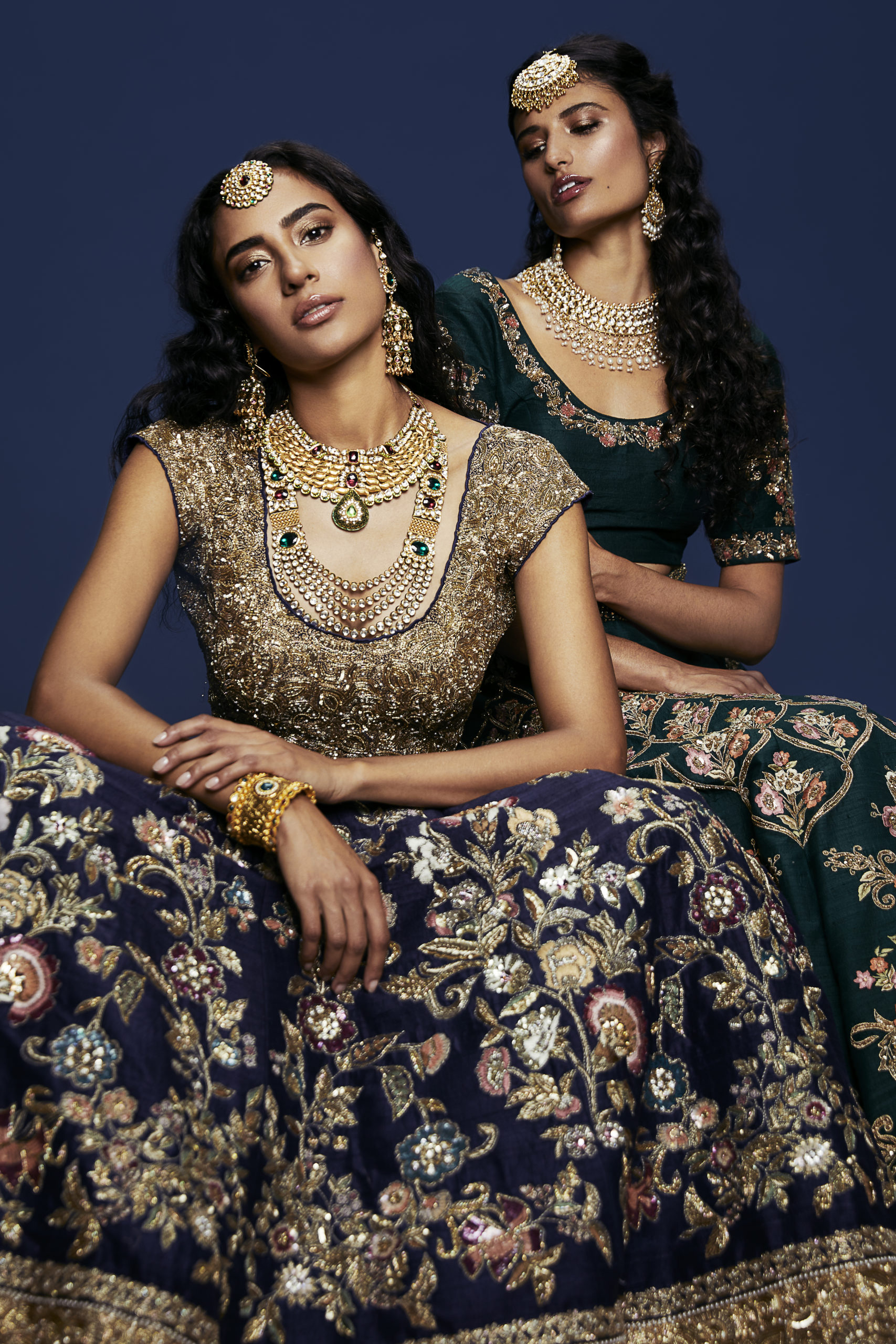
Now that your family is living in Canada, what is the Punjabi community like there?
In 1970 a new Gurudwara opened in South Vancouver. Soon after Sucha Singh Claire opened Shaan Saris nearby. Claire had recently travelled to London’s Southhall. Inspired by the hustle and bustle, Claire wanted to create something similar on Canada’s West Coast. By the mid 1990s, there were close to 300 family-run businesses catering to South Asians. Street signs are written in Punjabi, making this the first place outside of South Asia where this has been done. Families from across the West Coast of Canada and United States travelled to this area for a taste of the home they left behind. The space fostered belonging, built community, strengthened bonds and created new ones. Vancouver’s Punjabi Market is now known as the oldest Little India in North America.
How is the Punjabi Market important to Hi-Class Jewellers?
In 1984 my Grandparents and Dad immigrated to Vancouver, escaping communal violence erupting in Punjab. Like many other families at the time, they settled close to the Punjabi Market. My Dad started working at one of the jewellery stores in the Punjabi Market.
Jewellers were compensated for every piece they produced, which was good for my Dad since he was a quick worker. He saved enough money to open his own jewellery store a year later called Punjabi Modern Jewellers. Four years later, he changed the name to Hi-Class Jewellers.
The Punjabi Market has always been a hub for our community, forging relationships and pairing culture and commerce. For my family, this place has attained almost a sacred status. It put food on our table and facilitated my formal and informal education. And the area taught me my mother tongue, allowing me to develop a connection with my roots.
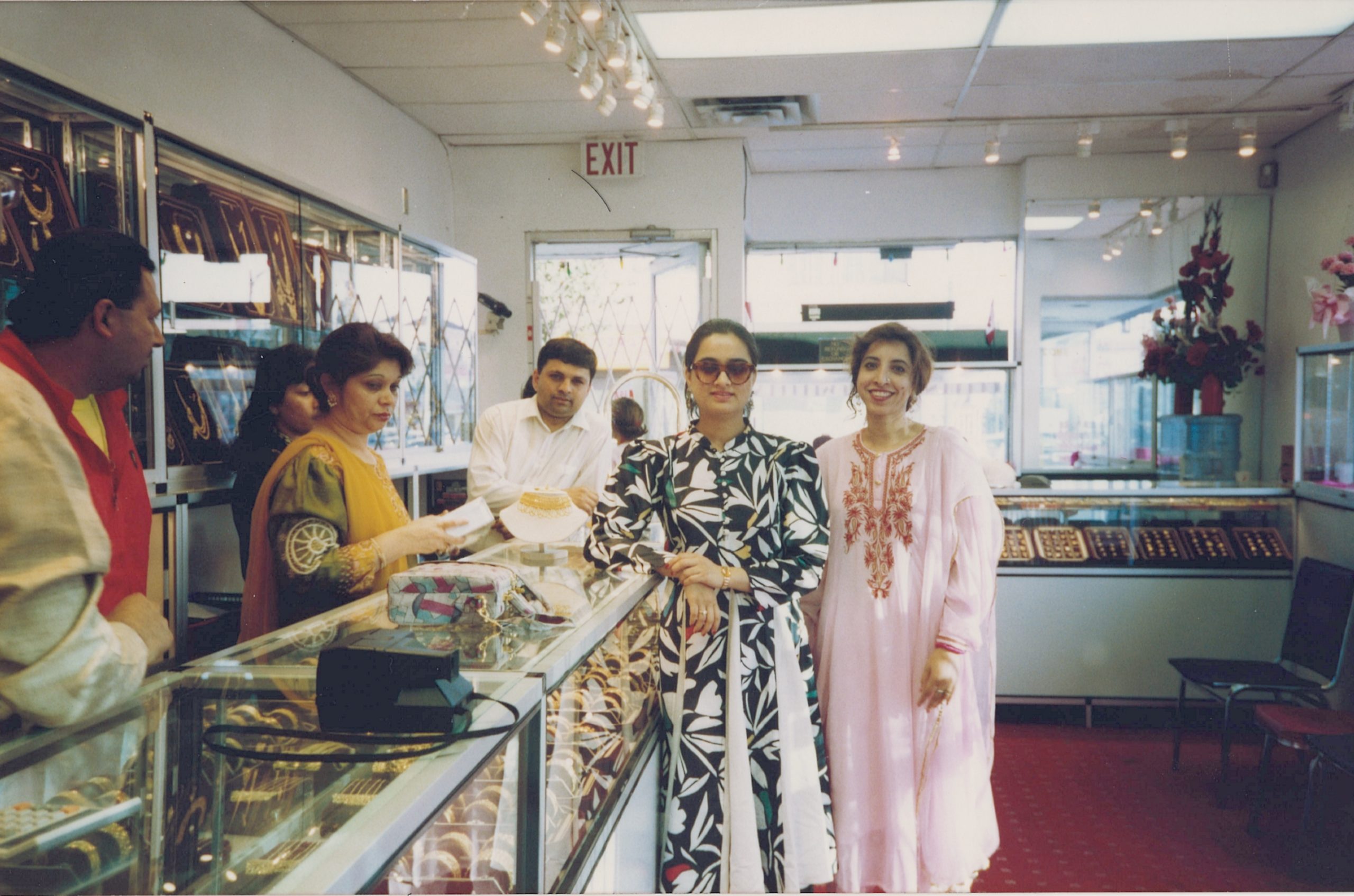
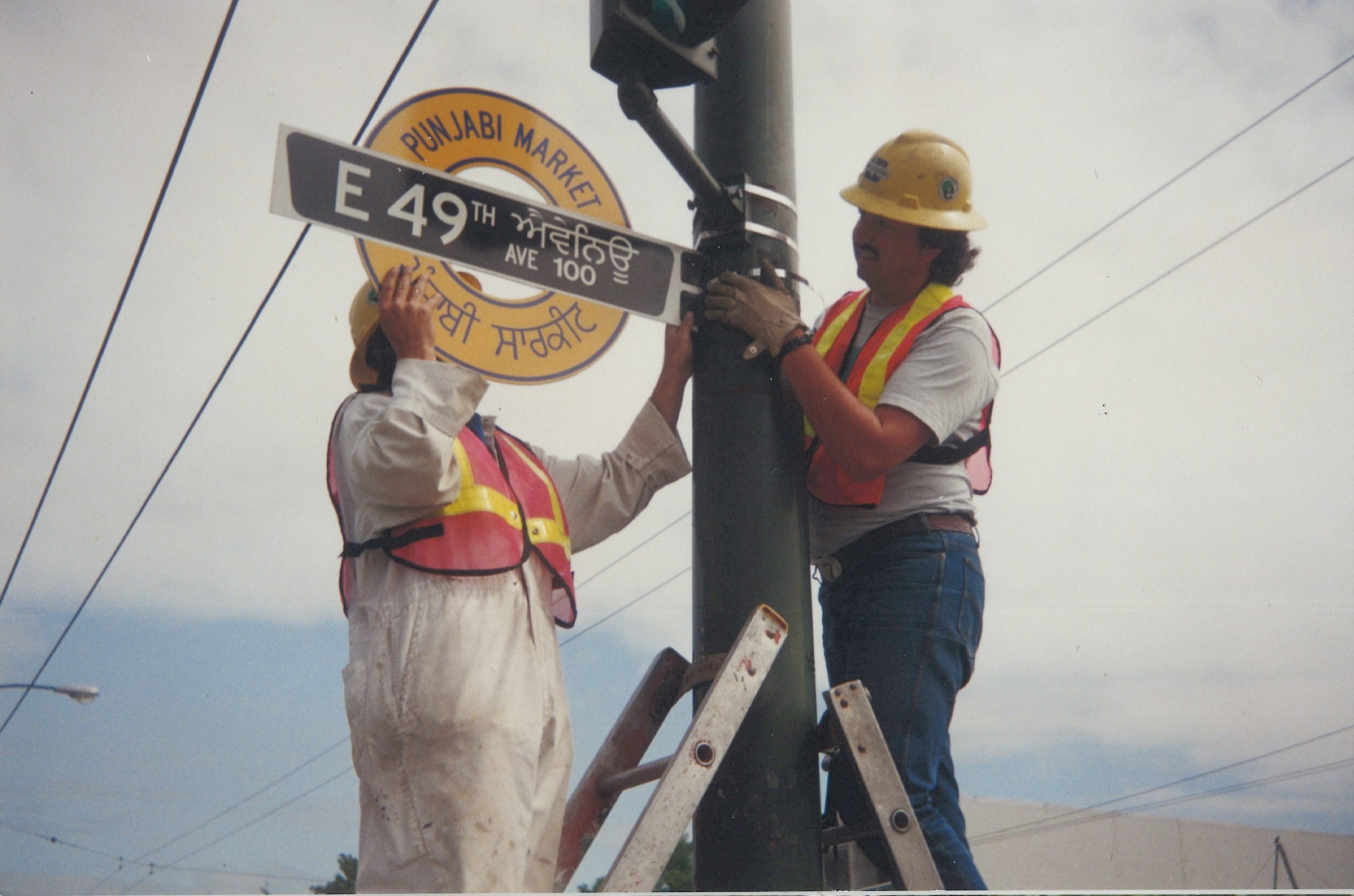
Why do you think that jewellery is such an important part of our culture?
Elders give their blessings, best wishes and wealth to the youth usually with gold.
The Sufis believed that gems have spiritual powers that are transmuted to the wearer. Beaded necklaces are still used to this day in Hindu, Sikh, Jain and Buddhist chanting rituals and Sikhs wear Kara as a symbol of their unbreakable bond with God. Jewellery is how we identify with our culture.
What kind of bridal jewellery pieces do you feature?
We carry an immaculate assortment of 22 karat adornments. Timeless pieces, instead of trendy are selected. Our pieces ultimately become heirlooms, connecting generations through legacy.
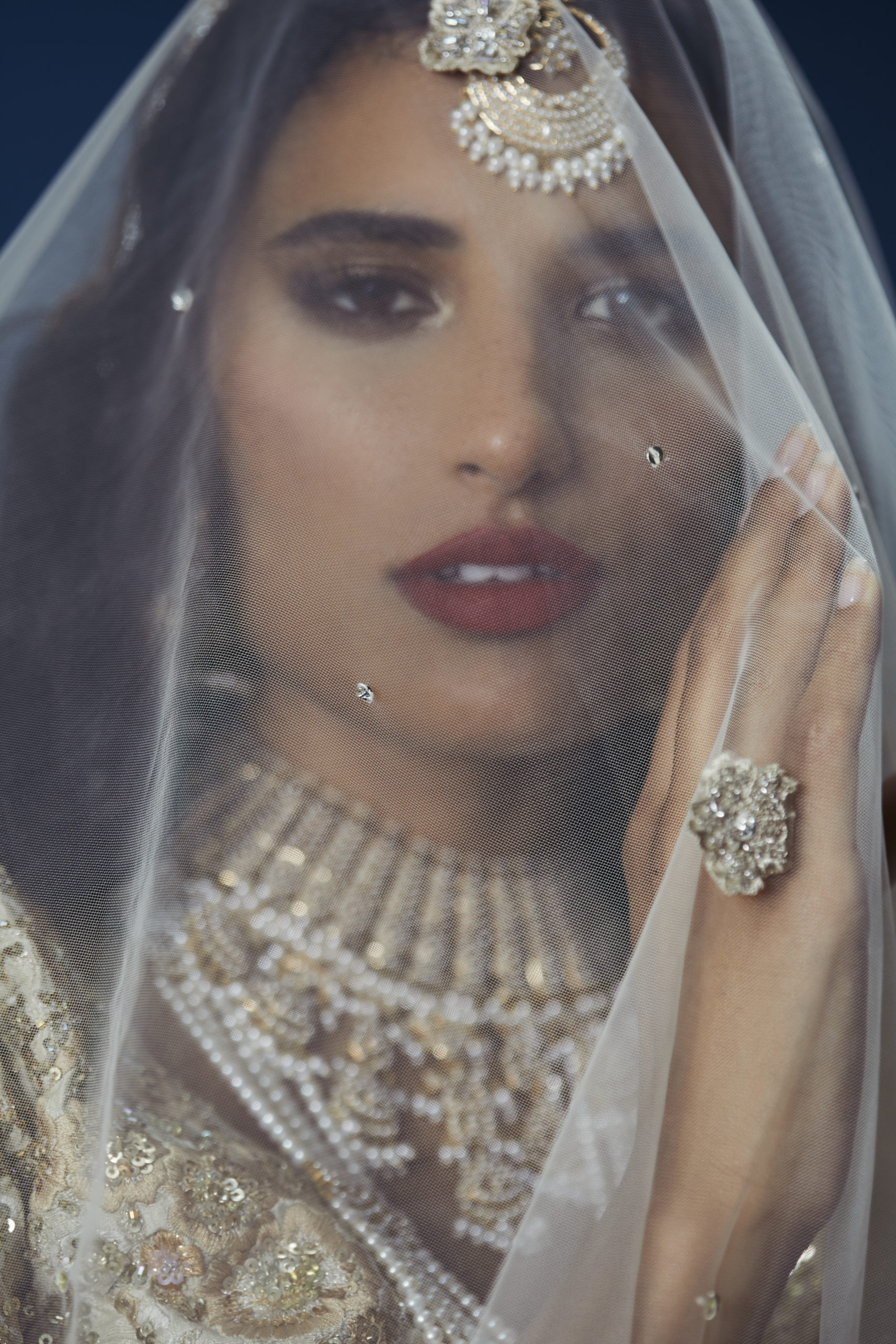
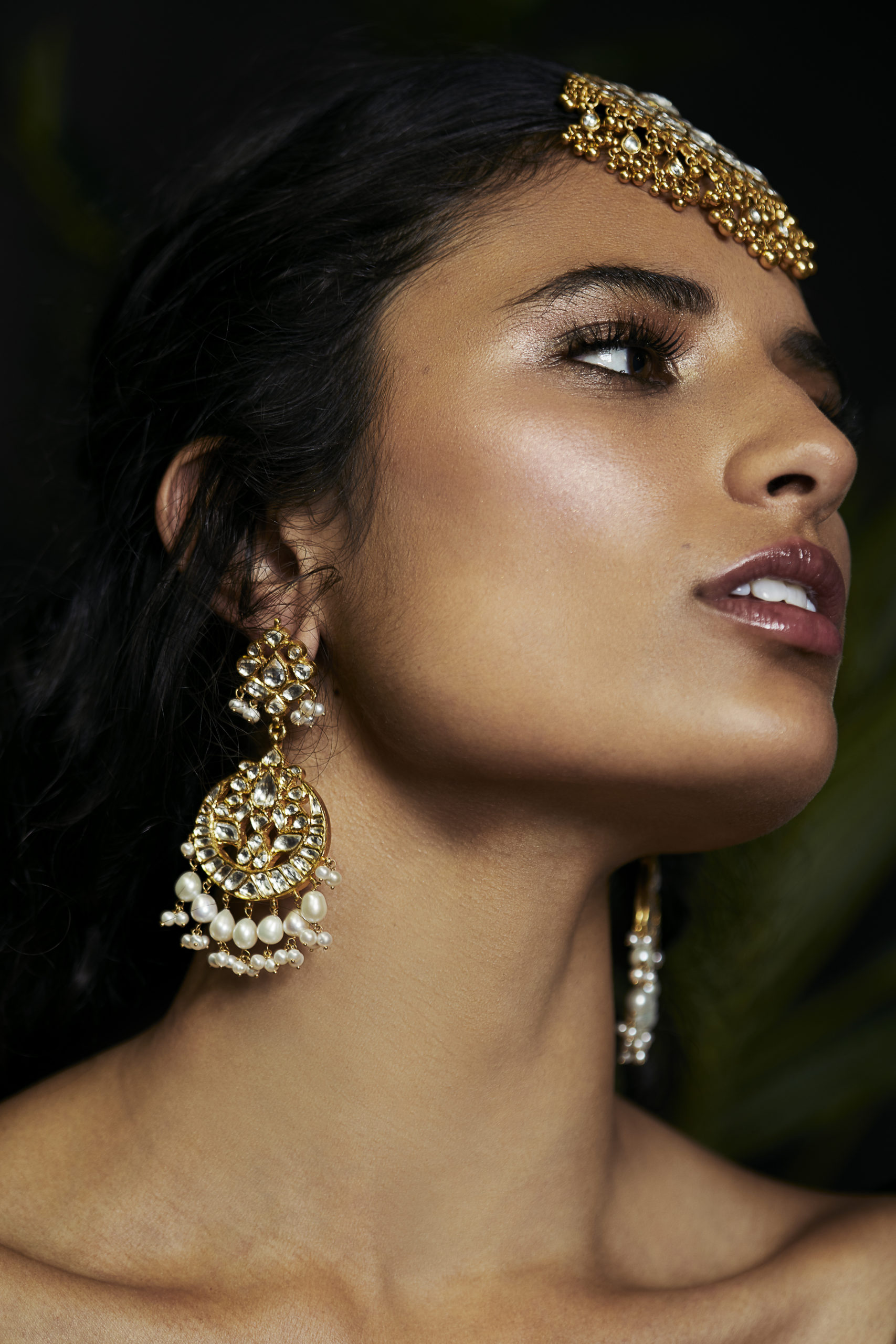
What are some timeless pieces that a South Asian bride should own?
The Rani Haar, which roughly translates to the “Queen’s Wreath” tops the list for bridal jewellery. There are a variety of styles. Depending on the bride’s attire, she picks one with rubies, emeralds, sapphires, kundan, a mixture of everything or just gold.
Another timeless piece is a Maang Tikka signifying the importance of the third eye. Tikkas are worn with other pieces or on their own. A plain gold or lightly studded tikka is highly versatile, available in a variety of sizes and styles.
A big, bold pair of jhumke worn either on their own or in combination with rings, Karas, necklaces and a tikka. Jhumke earrings have dangling domes or chandelier. Karas should be part of any bride’s trousseau too, usually worn in pairs, but we also carry ornamented single ones. There’s also naaths and payals.
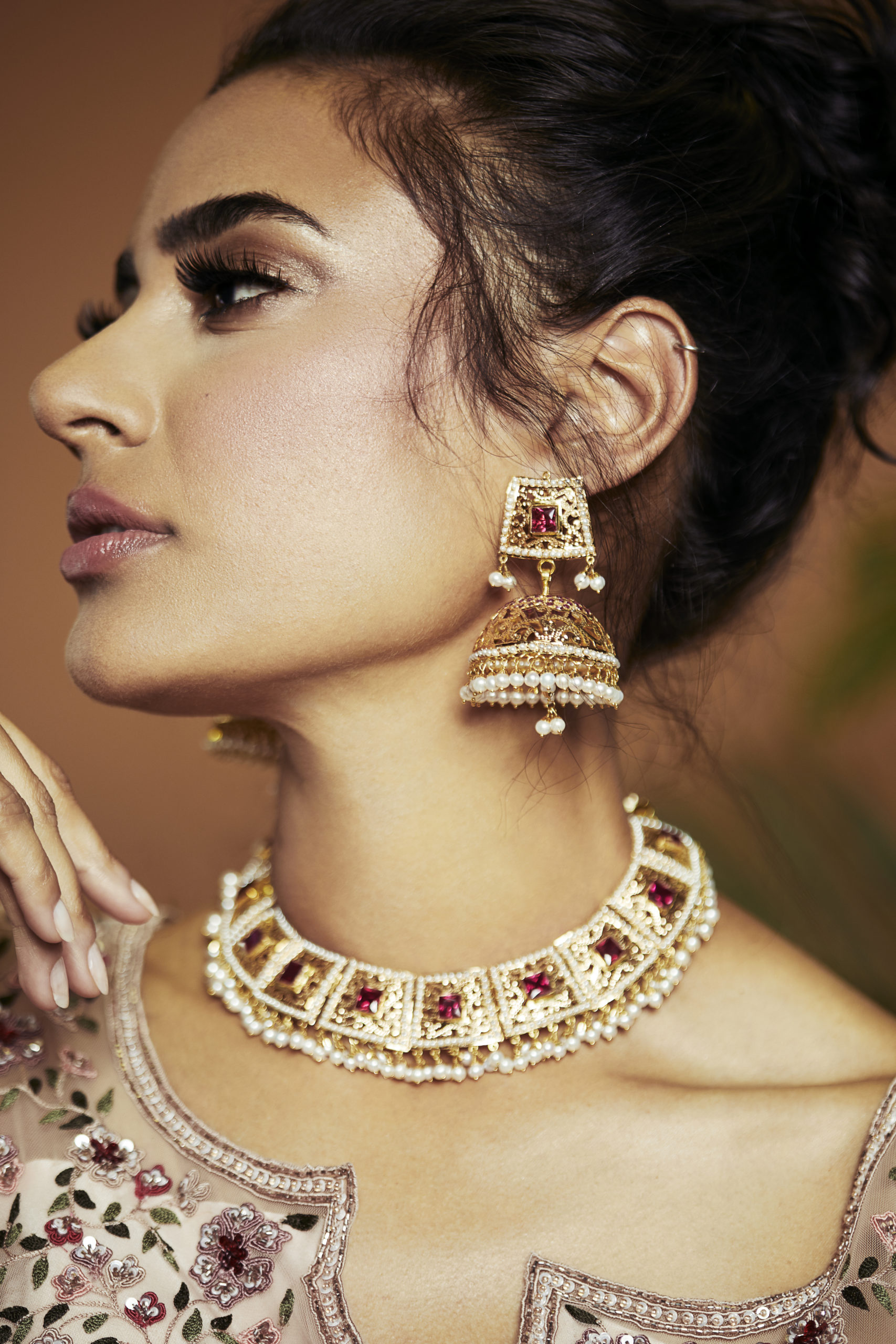
What is the Sone Ki Chidiya campaign
We want to celebrate the rich, cultural history of South Asia. Before the British Raj, this region was a global hub for trade, the arts and the humanities. The land was rich with natural resources like gold and gems. Diamonds were first mined in India.
This was the golden age of our ancestors. Philosophical teachings, artistic expressions and spiritual practices migrated throughout the world. Reading about the Mughals, the Marathas and the Sikh Empire inspired us to remind South Asians to rediscover this history.
We partnered with House of Raina to create different Birds of India looks. Our inspirations come from the grace and beauty of the peafowl, the fierceness of the Garuda and the tender loving kindness of the hamsa.
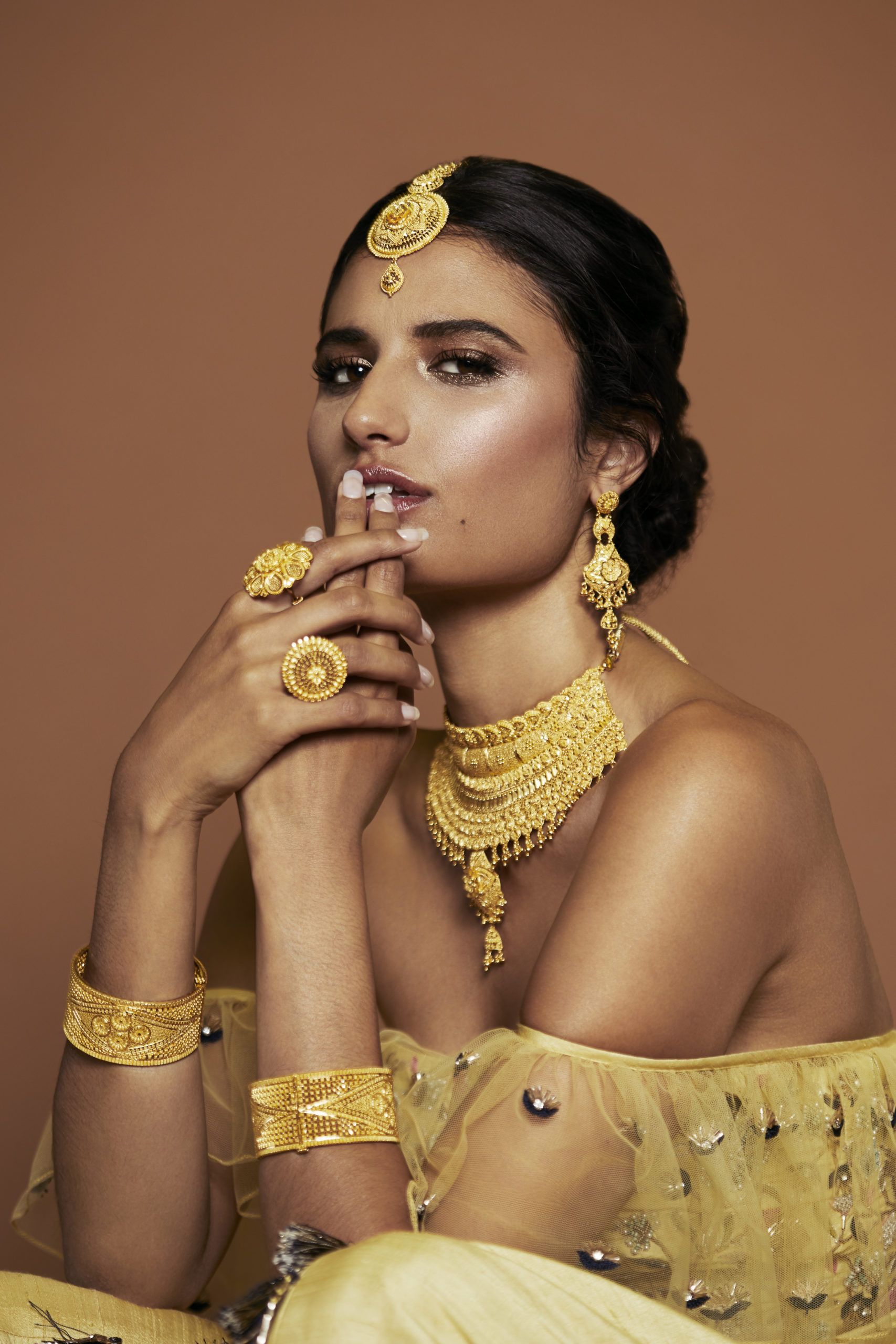
How can brides get in touch with you even if they don’t live in Vancouver? Do you offer virtual consultations?
Brides email us at info@hiclasjewellers.com. We’ll set-up an in-person appointment or a virtual consultation.

